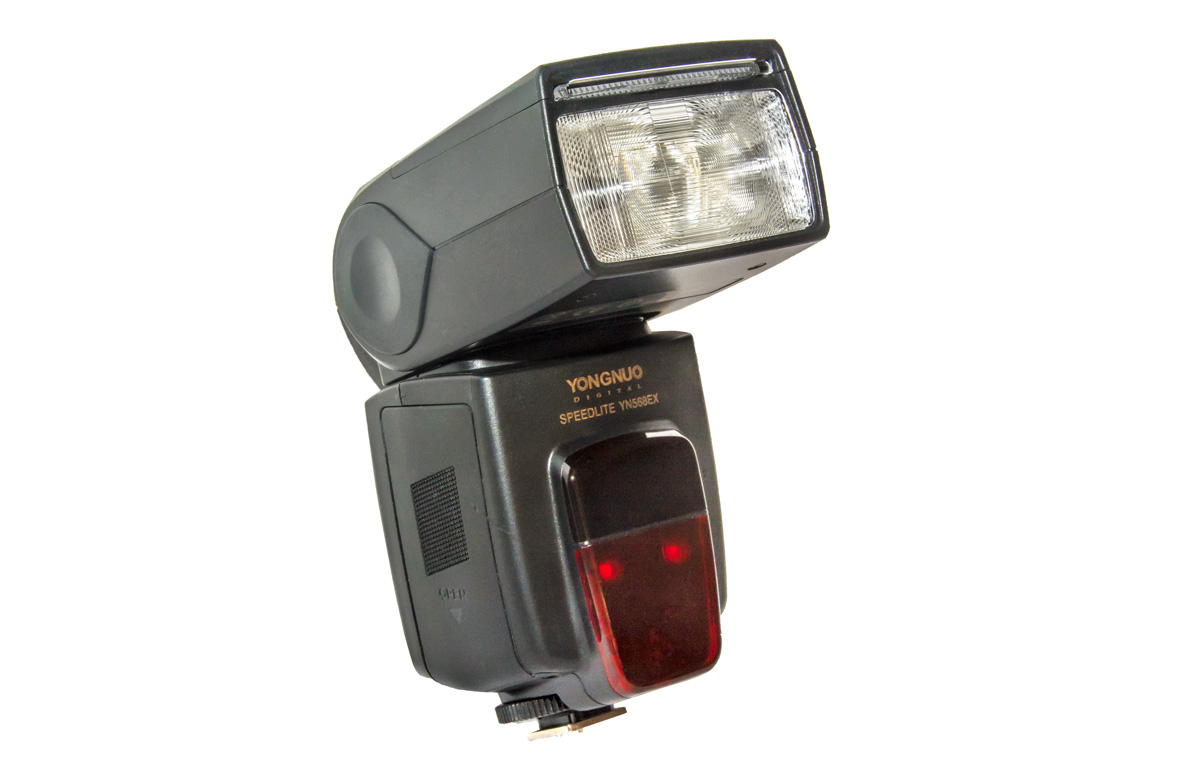As you develop an interest in photography you will outgrow the limitations of your camera’s pop-up flash and may decide to buy a speedlight.
This will give you a whole range of creative possibilities but costs around $300 or more for a mid-rage model from a major brand. Independent makes from China are only a third or quarter of the price, but are they a worthwhile investment?
I use Nikon SB700 speedlights for all of my event photography and they are extremely reliable, but I also own several inexpensive Yongnuo flashes from China that cost less than a third of the price of my Nikon flashes.
The Yongnuo 568EX
A few years ago Yongnuo had a reputation for making cheap, unreliable speedlights, but today they offer well-made flashes with advanced features. I recently bought two 568EXs that cost only $101 each and have been reviewed positively in Internet reviews.
Their solid build inspires confidence: They look just about as well made as my Nikon SB700s.
YN568EX Features
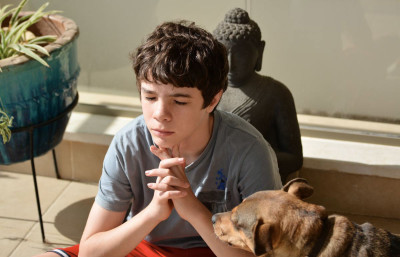
High Speed Sync: The 568EX is the cheapest speedlight to have a High Speed Sync (HHS), or Focal Plane (FP) mode. This allows you to shoot with flash at all shutter speeds – ordinary speedlights can’t be used with shutter speeds faster than about 1/200th or 1/250th sec (the camera’s flash sync speed).
Shooting portraits using a wide aperture, such as F2.8, blurs the background and helps to make the subject more prominent. In sunny conditions, however, you might need to use a high shutter speed of 1/2000th second or even faster. The 568EX allows you to use fill flash at these high speeds to even out the skin tones and lighten shadows. This is a useful feature to have on hand when shooting outdoors at social events.
High shutter speeds capture less of the flash light so you can’t be too far away from the subject for the effect to work. You will need to experiment to see what best suits your particular camera, lens and 568EX combination.
Wireless Command Mode: Some Nikon and Canon cameras have a wireless command mode. You can place one or more 568EX speedlights away from the camera and when you take a picture their flash output will be automatically controlled by the cameras TTL (through the lens) metering. There are two models, the YN560EX and YC560EX, compatible with Nikon and Canon cameras respectively.
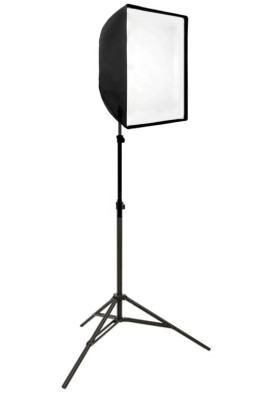
Power output: I was pleasantly surprised when I checked the flash power of the Yongnuo 568EX. It’s about 2/3 of a stop more powerful than my SB 700s. (The power may vary slightly between units.) This makes it useful to use with light modifiers such as a softbox or photo umbrella: These diffuse the light over a larger area to give softer, even lighting that’s especially useful for portraits.
Diffusing flash can reduce the amount of light reaching the subject by about 1.5 stops, so the extra power from the Yongnuo makes it a good choice to experiment with studio-style lighting.
Manual mode: It’s very easy to adjust the power output of the 568EX manually yourself. This is very useful when shooting studio-style portraits where you need the light to be constant between shots.
Studio-style lighting: I took this portrait in a small apartment against a white wall. A single YN568EX was fired into a smallish softbox (55 x 70cm) on a lighting stand, about 2 meters in front of the subject. It was in Manual mode and set at about half power. I attached it to a small radio slave which was triggered by a similar unit on the cameras hotshoe. (The radio triggers I used were also made by Yongnuo and are quite inexpensive.)
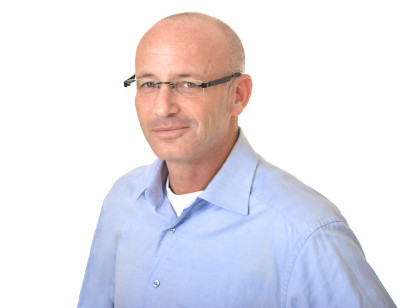
A second speedlight was placed behind the subject on a small light stand at about waist level. It was set on manual 1/8th power to light the background. It was triggered by its built-in optical slave to fire in sync with the main flash.
I placed a horizontal white reflector in front of the subject at waist level, to bounce light up and help to produce an even, soft light. You could use a large sheet of white card supported by two chairs, or even a table covered with white cloth.
My camera was on manual mode, 1/160sec at F 7.1, ISO 200. If I had taken a shot at these settings, without using any flash, it would be almost black and hardly record any of the available light: So this brightly lit portrait was completely illuminated by the light from just these two inexpensive speedlights.
If you are new to studio lighting using flash, here’s a tip: Play about with the speedlights – try altering their positions, distances and heights, etc. Keep adjusting their power manually until you find an arrangement that works for you. Use them in the optical slave mode to fire in sync with the cameras pop-up flash. But set the pop-up flash to a low power on manual so that it triggers the main flashes but doesn’t drown out their effect.
It’s best to learn by experience and experiment rather than rules and set lighting setups. To get the right exposure use your camera in manual mode, then adjust the power of the flashes, or the lens aperture, or the manual ISO setting. The best lighting is the one that works best for you. See also Quick Professional Portraits …
Travelling light: If I’m shooting a short portrait / location session I like to travel light, so I’ll carry a just few speedlights instead of heavier studio strobes. I might set up some flashes on light stands, bounced into umbrellas or used inside a softbox, etc.
They can all be triggered from the on-camera flash, and if they are knocked over I’d rather loose a $100 Yongnuo than a $350 Nikon flashgun.
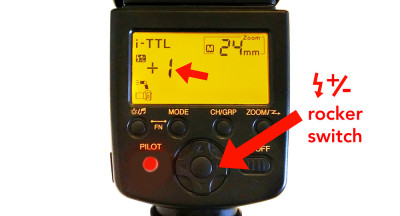
Flash Exposure Compensation: When you use the 568EX on your camera the default mode is through the lens (TTL) fill flash. This means that it will try to give just enough light to illuminate the subject. Sometimes it can give too much or too little flash and you have to adjust the power manually. You can do this quickly and easily using the rocker switch on the 568EX – the SB700s use the menu which is more fiddly to use.
LCD backlight: The 568EX has a separate button to turn on a bright orange backlight that I find much clearer and easier to use than Nikons SB700s dim green LCD screen. This doesn’t sound too big a deal until you need to change a setting in a hurry and under pressure in dark conditions – so it’s a feature that I really appreciate.
Reservations
The Yongnuo 568EX is a powerful speedlight that gives you a lot for a small outlay, but how does it compare to my trusted and more expensive Nikon SB700s?
Flash Coverage: The 568EX flash head zooms from only 24mm to 105mm. I often shoot at the 18mm end of my zoom lens when shooting events. When mounted on the camera the YN568EX can’t fully cover the frame at 18mm – corners of the picture lit by flash can be darker. In real-world use, however, you probably wouldn’t notice the flash falloff in most pictures. It does have a pullout diffuser, however, to spread the light and give enough cover for shorter focal length lenses.
The Nikon SB700 has a wider zoom range so doesn’t have this problem whether used with half-frame or full-frame DSLRs, so I’ve never had to use its diffuser.
Sleep Mode: The Yongnuo’s sleep mode is quite basic: You are able to adjust how long it’s idle before entering sleep mode, but after sleeping for a while it unfortunately switches itself completely off. It takes a few seconds to switch back on again and be ready to fire. If you shoot fast moving events even a short delay can make you miss important shots: I would turn off the sleep mode if you use it for events.
The SB700 has a more sophisticate sleep mode that does not switch itself off during sleep mode and wakes up instantly when you touch the shutter button of your camera, so you are always ready to shoot.
Recycle time: At full power, using freshly recharged NiMH batteries, the 568EX recycles in about 3 seconds, which is fast and similar to the SB700. It takes almost 2 seconds to recharge at half power – which is slow compared to the Nikon speedlight that recharges almost immediately. To be fair, it is a more powerful speedlight. Recharging times become important when you need to shoot quickly to capture fleeting expressions.
Underexposure: The YN568EX gives similar results to a SB700 when used for TTL fill flash on my Nikon cameras with the flash head pointing forward. But when angled upwards and used for bounced flash it can underexpose by a stop or more. Fortunately it’s easy to compensate by increasing the power using the rear rocker switch .
Flash head angle: Unlike the SB700, the Yongnuo flash head does not have a button to lock it into position. You can easily knock the head to point slightly downwards which is not ideal if you are shooting portraits and think the head is pointing forwards.
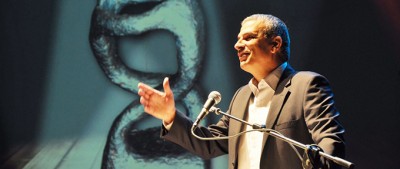
Recomendation
I bought two 568EXs and have a third, more basic Yongnuo model. I’d recommend them if you are buying a first speedlight on a budget, want a back-up flash, need some powerful units for simple studio-style work, want to experiment with HSS/FP fill flash, or would like to try out remote off-camera TTL lighting with Nikon or Canon cameras that have a Commander mode. Yongnuo also make a variety speedlights, but for a modest price the 568EX has a good range of features and is a solidly built choice.
For professional event work, where I have to shoot quickly in a variety of circumstances, I would stick to my Nikon speedlights for on-camera fill flash which give more reliable results. But for more leisurely photography the Yongnuo will be more than adequate for most peoples needs.
To gain confidence using flash in different situations requires lots of practice. Third party items, such as these Yongnuo flashes, will reduce your initial outlay and may encourage you to experiment, increase you knowledge of photography, and even have some fun.
PS: I updated this post in March 2016, so if you are are thinking of buying one, google Yongnuo to see if they have released newer models that better suit your needs.
